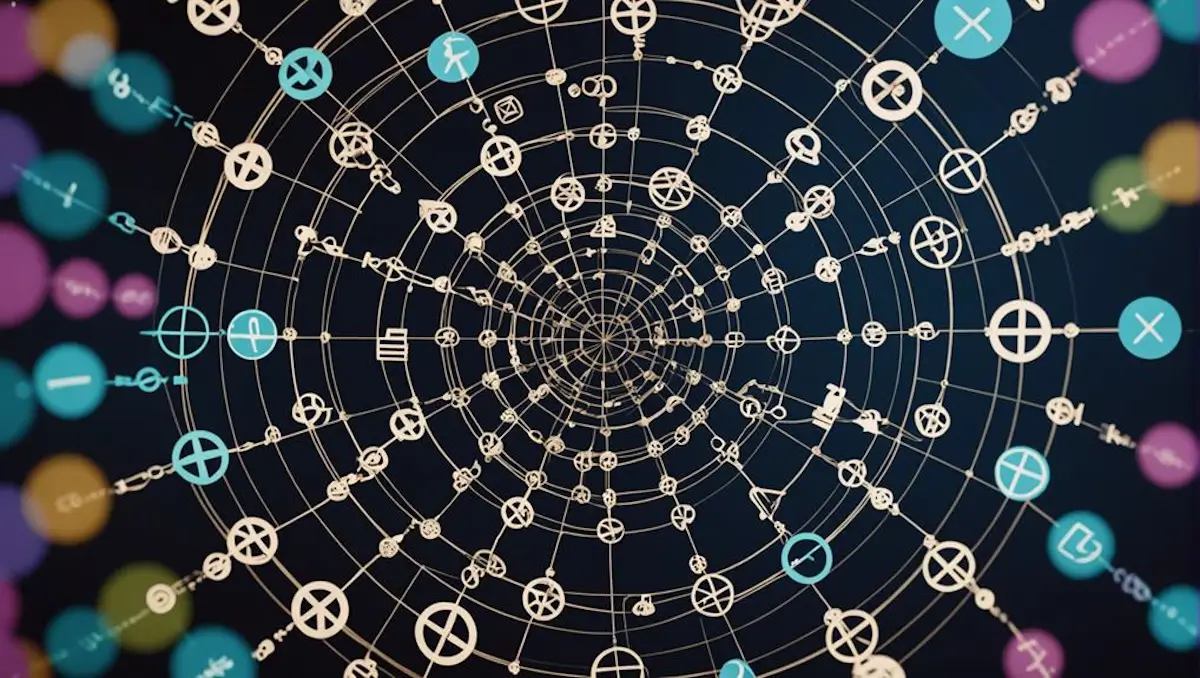There are many terms used to describe different gender identities. Some basic terms include “cisgender,” for those whose gender identity matches their sex assigned at birth, and “transgender,” for those whose identity does not match. Other terms include “agender,” “bigender,” “genderfluid,” “genderqueer,” and “androgynous.” Terms related to sexual orientation, like heterosexual, homosexual, bisexual, pansexual, and asexual, also influence how we understand gender identity. Knowing these terms helps improve communication and respect and reduces problems like homophobia, transphobia, heteronormativity, and cisnormativity. It’s important to use respectful language when talking about gender, and learning more about this topic supports the recognition of diverse gender expressions.
Understanding Basic Gender Terminology
To truly understand gender identities, it’s essential to learn some basic terms like cisgender, transgender, gender identity, gender expression, and the idea of gender as a social construct.
Cisgender describes people whose gender identity matches the sex they were assigned when they were born. This term is important because it differs from transgender individuals, who do not feel a match between their gender identity and their birth-assigned sex. Recognizing this difference is crucial for creating an inclusive environment where everyone is respected for who they are.
Gender identity is a personal feeling of what gender you are, which might not match the expectations set by society based on the sex assigned at birth. Meanwhile, gender expression or presentation is how someone shows their gender to the world through their actions, clothing, hairstyles, and pronouns.
Recognizing Diverse Gender Identities
Understanding the range of different gender identities, such as agender, bigender, genderfluid, genderqueer, and androgynous, requires us to look closely at what these terms mean and how people experience them. Each one describes a unique way of expressing gender, and means something special to those who identify with them.
Agender people don’t connect with any gender, offering a perspective outside the usual male or female categories. Bigender individuals identify with two or more genders, blending different gender experiences. Those who are genderfluid see their gender identity as changing over time, adding a dynamic aspect to how we think about gender.
Genderqueer people might identify with multiple genders, no gender, or a mix, which questions traditional gender categories. Androgynous people mix feminine and masculine traits in their look, highlighting the wide range of how gender can appear. Recognizing these diverse gender identities is vital to building an inclusive society that values everyone’s unique experience with gender.
Terms Related to Sexual Orientation
Following our discussion on different gender identities, we now turn to sexual orientation, another crucial part of who we are. Sexual orientation is about who you are attracted to, whether romantically, emotionally, or sexually. People might identify as heterosexual, homosexual, bisexual, pansexual, asexual, and more.
It’s important to know that sexual orientation is not the same as gender identity. Gender identity is about who you feel you are in terms of gender, whereas sexual orientation is about who you are drawn to.
Understanding these differences helps us create a more inclusive and respectful society. By acknowledging and respecting various sexual orientations, we can support those who might feel left out and celebrate the diversity that enriches our lives. This is essential for building a world where everyone feels they belong, no matter their sexual orientation or gender identity.
Dissecting Gender-Related Bias and Discrimination
In our study of gender identities, it’s essential to understand common issues of gender-related bias and discrimination. These problems appear in many forms, including homophobia, transphobia, overlooked everyday offenses, and widespread cultural norms.
- Homophobia and Transphobia: These stem from fear and misunderstanding, often leading to open hostility against those who don’t conform to traditional gender roles. This can result in clear discrimination and even violence.
- Heteronormativity: Society often treats being heterosexual as the standard. This view sidelines those who don’t fit this expectation.
- Cisnormativity: This is like heteronormativity, but it assumes that everyone identifies with the gender they were assigned at birth. It excludes transgender and nonbinary people.
- Microaggressions: These are small, sometimes unnoticed actions that can be offensive and reinforce stereotypes about queer people.
These biases affect many areas of life, from work to school, and can undermine the rights and respect of individuals based on their gender identities and expressions. Recognizing these biases is key to creating a more inclusive and respectful environment.
Importance of Respectful Language Use
Navigating various gender identities and using respectful language is key to creating an inclusive and safe environment. Using the right terms validates people’s gender expression and helps them feel they belong.
Misusing pronouns or labels, known as misgendering, can hurt and cause feelings of discrimination. This shows the importance of language and the need for careful communication to respect everyone’s identity. Using inclusive language correctly shows support and acceptance for gender diversity.
Learning about the right terms for gender identity shows respect and a commitment to being an ally. This kind of learning helps create a culture of understanding, breaks down barriers, and promotes acceptance.
Ultimately, using respectful language consistently is crucial. It underscores the importance of everyone’s unique identity and experiences. In our move toward a more inclusive society, careful language use is vital, affirming and validating all gender identities.
Conclusion
In conclusion, it’s crucial to understand the wide range of gender identities and the terms used to describe them. This understanding helps fight bias and discrimination. It also builds a culture of empathy and acceptance. Using the right terms for different gender identities helps create a fairer, more understanding society.
Share this article
